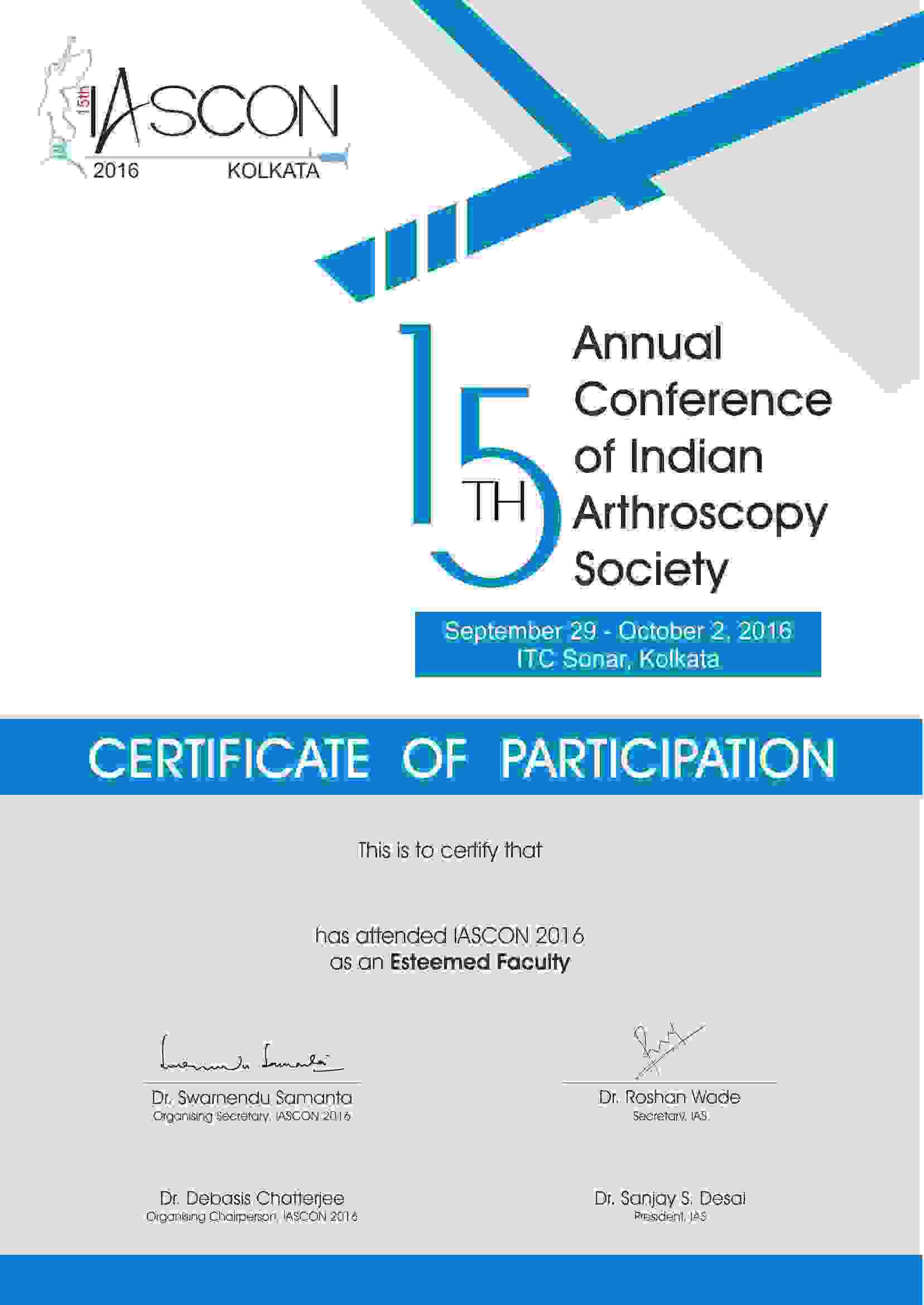Knee replacement surgery, also called knee arthroplasty, can help to relieve pain and restore function in severely damaged knee joints. During knee replacement, the surgeon removes damaged bone and cartilage from your shinbone, thighbone and kneecap and replaces it with an artificial joint which is made of high-grade plastics, metal alloys and polymers. Knee replacement surgery is recommended to patients who suffer from joint damage caused by Osteoarthritis or Rheumatoid arthritis.

Preparing for the surgery
Before the procedure, the surgeon goes through your medical history and performs a physical examination in order to assess the range of motion, stability and strength of your knee. X-rays can also help to determine the extent and severity of knee damage.
During knee replacement surgery
During the surgical procedure, your knee is placed in a bent position so that the joint surface is fully exposed. After making an incision which is about 6 to 10 inches in length, the surgeon moves aside your kneecap and removes the damaged joint surfaces.
After preparing the joint surfaces, the surgeon inserts and fixes the pieces of the artificial joint. Before closing the incision, he bends and rotates your knee in order to ensure that it functions properly. The surgery is likely to last for about two hours.
Recovery and Rehabilitation
The day after surgery, the physical therapist would show you how to exercise your knee. Most people, who have undergone knee replacement, have experienced considerable pain relief, improved mobility and a better quality of life. You can resume your normal daily activities four to six weeks later. After you have recovered, you can enjoy various low-impact activities like walking, swimming, golfing etc. However, you should avoid higher impact activities.











